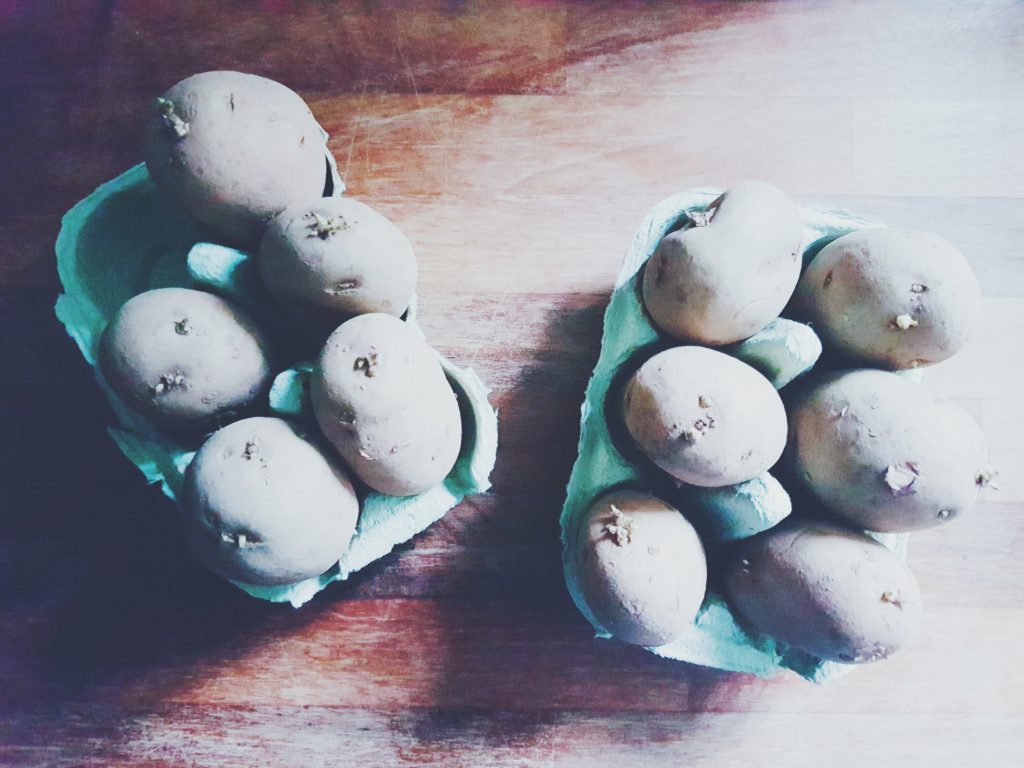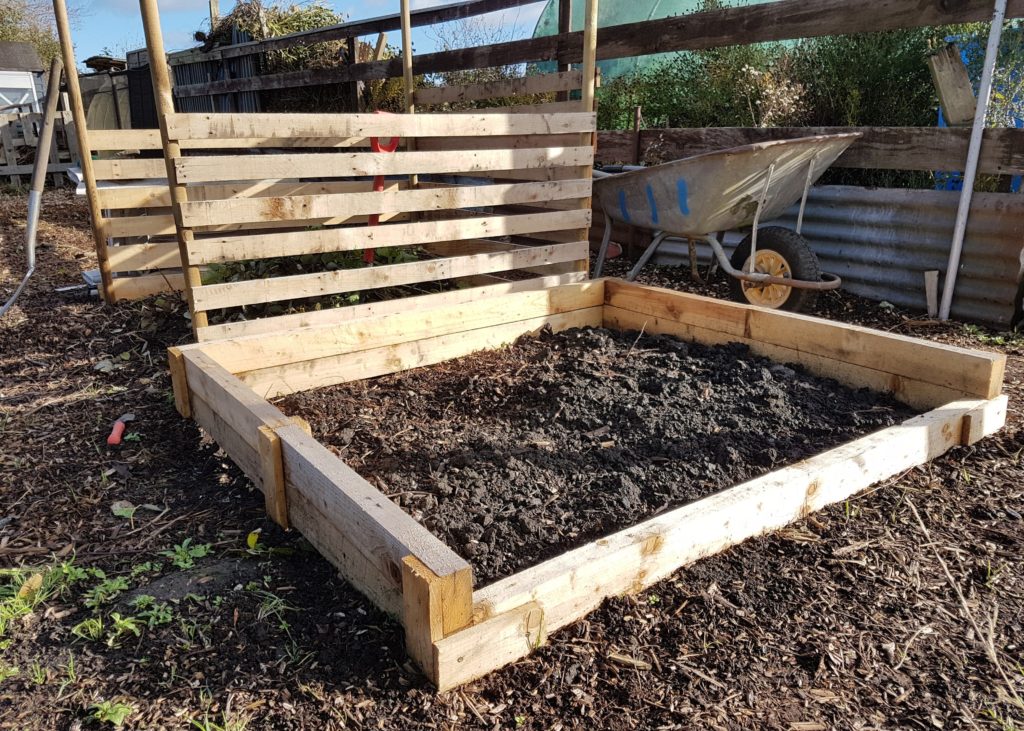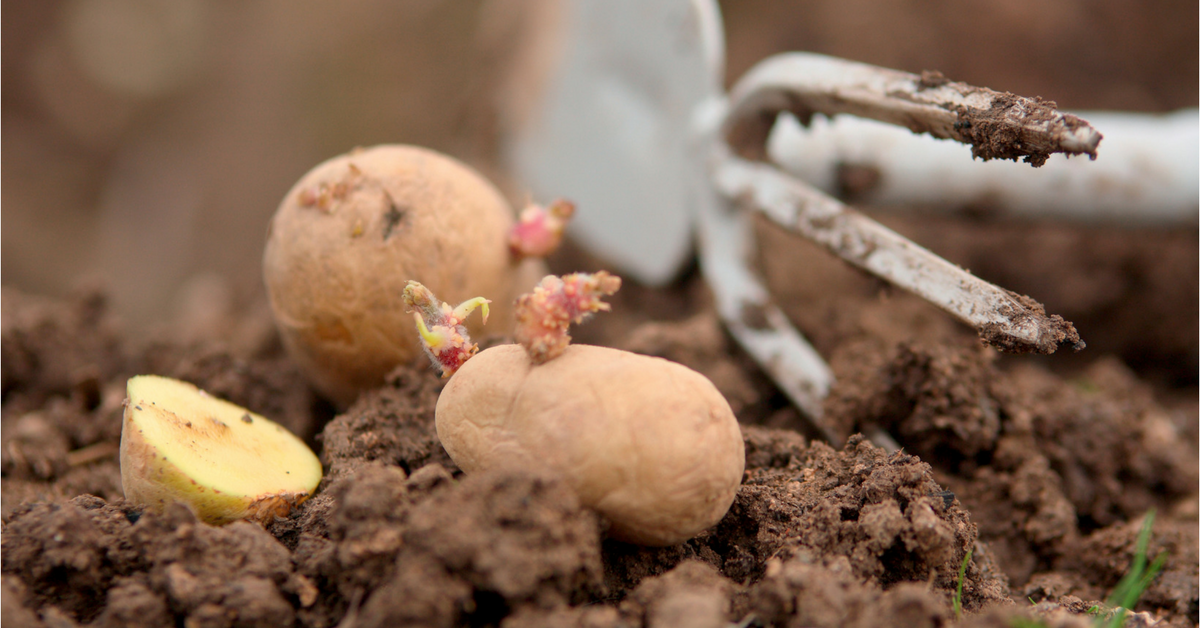By Richard Chivers
February can be a tricky month for an allotment gardener.
It’s a month that teases us a little. In meteorological terms it’s the final full month of winter (although it does take up a chunk of March too) but for us growers it can still feel a long way to go until the frosts have passed and we can really get the allotment garden moving.
The daylight is lengthening in February and this can make the itch to sow even more unbearable. However, it’s also usually one of the coldest months of the year. Resist the temptation to dive back under the duvet in despair. Life outside is awakening and by the end of the month you will see the tell-tale signs that spring is very close to arriving.
Many of us will have picked the varieties of potatoes we plan to grow on the allotment this year. I’m a huge fan of Charlotte and grow it every year. I don’t think there’s a better early potato. You might disagree?
I’m sure there are numerous windowsills in homes across the country hosting egg boxes filled with chitting seed potatoes beginning to sprout.

If you haven’t bought your seed potatoes yet, there’s still time to buy and set them out to chit. There’s an incredible variety of potatoes to choose from and if you are still undecided, here’s some advice on my own blog on how to choose the perfect potatoes to grow.
Don’t forget the stores. Our onions, garlic and main crop potatoes kept fantastically well over the autumn and winter months. Despite the winter lingering and preventing you from sowing and growing much, celebrate what you grew and stowed away last year.
I enjoy being out on the plot at this time of year. It’s quiet and calm and although the allotment looks empty, I’m grateful because even the weeds (bar some persistent ones) are sleeping in.
Time on the plot is spent preparing. I’ve repaired and increased the height of the raised beds on our allotment. Timber can be expensive to buy and we are lucky to have a local company that provides us with a lot of used pallets for free. I recommend scouting around for companies that might offer you the same.


By the middle of February, I try to have all the seeds I want for the season ahead. On a day when outside activity is restricted, I dump all the packets onto the dining room table and sit down to sort them into batches and look to create some kind of organisation before the busy months of sowing arrive.
Greenhouse crops such as tomatoes, peppers and cucumbers go into one pile. Some, like chillies and tomatoes will be sown soon to accommodate their long growing season. Brassicas make up another pile as I have a bed for those. Roots, including parsnips, carrots and beetroot go into another. The peas and beans stack up in another one.
This isn’t a perfect system of organising the sowing. But it does help see what you have and where you want the crops to go. It allows you to make the first real growing connection to allotment garden and the hope of the crops to come.
Spring really is around the corner now. Embrace this month with the opportunity it provides to prepare and plan for season ahead. I’d love to hear how you are preparing for the busyness of the months to come. What are you most excited to be growing on the allotment and in the kitchen garden this year? Let me know in the comments below.

Richard Chivers is passionate about growing fruit and vegetables on his family allotment garden. His blog, Sharpen your Spades aims to inspire anyone to pull on their wellies and join in the movement to grow their own. You can also follow Richard on Twitter, Instagram and Facebook.

